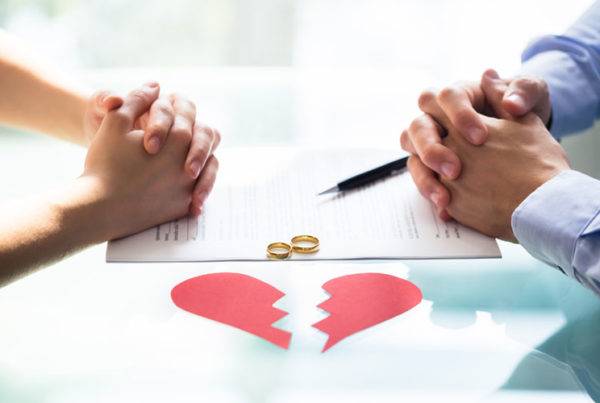
Breaking free from an abusive relationship isn’t easy. But everyone deserves to live free from fear and the threat of physical harm.
This can be tough if you’ve become isolated from loved ones. Here is why it’s never as simple as just walking away and some tips on how you can break free.
Why Can’t People Just “Leave”?
Some people don’t realize that they’re in an abusive relationship until it’s too late. Society has normalized many of these behaviors.
Unfortunately, ongoing abuse can also destroy your self-esteem, making it difficult to break free. Another thing that makes leaving tough are safety issues. In some cases, it can be physically dangerous to walk away from an abuser.
Finally, issues related to custody of minor children and shared finances can put pressure on the victim to stay in these destructive relationships.
When You’re In Immediate Danger
Even with all of these rationalizations for remaining in place, it’s imperative that you take action if you are in immediate danger or feel that the safety of you or your children is threatened.
If this is your situation, you can get help now by calling the National Domestic Violence Hotline at 1-800-799-SAFE.
How to Leave an Abusive Relationship
Leaving an abusive relationship is difficult but not impossible. When a partnership that was supposed to be civil and loving becomes damaging, it’s time to get out. Here are some steps that can help you make a safe and fresh start.
Recognize Abuse
The first thing you’ll need to do is recognize that the abuse is taking place. This can be more difficult than it sounds because there are several different forms of abuse.
- Physical abuse – This includes pushing, hitting, restraining, or any other type of physical assault. There is no excuse for this, and it can be cause for criminal charges.
- Sexual abuse – Just because you are in a relationship, that does not mean that you consent to any type of sexual contact.
- Emotional abuse – This can include threats, intimidation, humiliation, and other controlling behavior.
- Financial abuse – When you aren’t able to work or control your own finances, this is a form of abuse.
Realize You’re Not to Blame
Abuse is never the fault of the victim. The abuser might attempt to blame you by saying that you “cause” them to act out. No one ever deserves this type of treatment, and it’s ok to break free.
Document the Abuse
If you’re being abused, collect as much documentation as possible. This is particularly important if you have minor children or are married.
You can begin keeping a journal to document the abuse, take photos of injuries, seek medical attention, and even attempt to get audio or video. But, avoid doing anything that will put you in more danger.
Make Your Plan to Leave
If you’re in an abusive relationship, you need to make a plan to leave at a moment’s notice. Some of the things you can do include:
- Pack and hide an emergency bag
- Set money aside in a separate bank account in your name
- Create an emergency plan for escape
Tell Your Friends and Family
You’ll need as much help as possible to break free from an abuser. You might think that no one knows what’s been going on, but this often isn’t the case.
Even if you’ve been cut off from your family and friends, reach out to them and let them know that you are ready to seek help. It’s important to get in touch with people you can trust. Stay in close contact with them until you are prepared to leave.
Leave as Soon as Possible
There is no right time to leave an abuser. Don’t wait for things to get better, because they will generally only get worse. If you are in a relationship that is beginning to get abusive, the time to leave is now.
Stay Disengaged
Once you walk out the door, it can be a challenge to end the relationship permanently. Many victims of abusive relationships return to their abusers over and over, perpetuating a dangerous cycle of physical and emotional abuse.
After leaving, do everything possible to keep the abuser out of your life. This may include getting a new cell phone, blocking them on social media, moving to a new location, and even getting a restraining order.
Moving on From an Abusive Relationship
Once you’ve left, it’s time to build trust outside that damaging relationship. Reconnect with loved ones and friends.
Find a domestic violence support group to help process your feelings, find hope, and avoid unhealthy relationships in the future. You may also wish to consider some individual therapy.
Experienced Legal Counsel
If you or someone you care about is ready to break free from an abusive relationship, the attorneys at Steller Legal Group can help. Contact us today for support and advocacy concerning child custody, divorce, and domestic violence relief matters. We can help you get a restraining order so that you can have peace of mind during this difficult time.







is generic cialis available